Expert Q&A on when and how to use modalities old and new
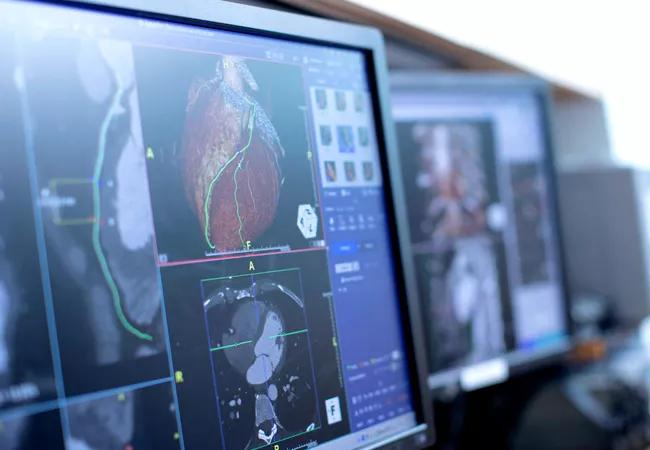
In less than a generation, cardiovascular imaging options have grown from a handful to a plethora. For a primer on how imaging modalities old and new are being used in contemporary practice, Cleveland Clinic Cardiovascular Medicine Chair Steven Nissen, MD, recently sat down with multimodality imaging expert Christine Jellis, MD, PhD, of Cleveland Clinic’s Section of Cardiovascular Imaging. An edited transcript of their conversation follows.
Cleveland Clinic is a non-profit academic medical center. Advertising on our site helps support our mission. We do not endorse non-Cleveland Clinic products or services. Policy
Dr. Nissen: Let’s start with an inventory: What’s available now for cardiovascular imaging that’s commonly used here at Cleveland Clinic?
Dr. Jellis: The various choices can be grouped into four broad areas: nuclear imaging, echocardiography (encompassing stress echo and transesophageal echo), CT and all modalities of advanced cardiac CT, and finally cardiac MRI. Those of us who practice multimodality imaging tend to have a hand in a lot of these areas and we get a real flavor for where they’re complementary and which tests are suitable for which patients.
Dr. Nissen: Echocardiography is the most basic option. Is echo ready for the farm yet, or does it still hold a lot of value?
Dr. Jellis: Echo remains our workhorse. It’s relatively inexpensive. It’s portable, so we can take it to the patient bedside or the emergency room. We now have nice little handheld point-of-care devices with which we can get a lot of information right at the bedside. And that’s essential for ongoing care in the ICU, where we often come and do tests that are critical to determining the patient’s diagnosis.
But we are now also able to throw in more advanced aspects to that testing, where we can do 3D imaging. We can look at strain, which evaluates the change in shape of the heart muscle throughout the cardiac cycle, the deformation. We can also do specialized testing for advanced technologies like biventricular pacemakers or advanced ventricular-assist devices, as well as for patients with garden-variety coronary artery disease or valvular disease. So I think it’s going to be a long time before echo loses its place as the workhorse in our lab.
Dr. Nissen: Where is strain useful to you?
Dr. Jellis: We are now incorporating strain in every test that we can. We’re seeing that it has many applications, such as for assessing cardiomyopathies. Different patterns in strain can reflect different types of cardiomyopathies, as demonstrated by work published by our Cleveland Clinic group showing that an “apical sparing” pattern of strain is an accurate differentiator of cardiac amyloidosis from other types of cardiomyopathy. Strain is something we use now for clinical applicability, whereas it used to be more of a research tool. But now, where the technical capability exists, we will try to do it for most of our studies.
Dr. Nissen: What about 3D echo? Where is it useful and recommended?
Dr. Jellis: In the same way, are trying to do 3D echo on every patient we can. Where I enjoy it most is for transesophageal echo. We can get the most beautiful views of the valves, looking right down on the valve so we can help our surgical and interventional colleagues plan for valve procedures. A lot of work goes into optimizing these images. We get an appreciation of the valve in three dimensions that we never had before. It’s led to some real advances in what we’re able to do. For example, we do 3D echo routinely in the hybrid lab for patients who are undergoing closure of a paravalvular leak, and we use it for guidance during placement of Watchman™ devices. Miniaturization of these 3D technologies has enabled us to get it down to such a small level — for instance, we have 3D echo capabilities in our routine probes that we use on everyone. 3D echo has become an essential part of what we do.
Dr. Nissen: But echo doesn’t produce good images in everyone. Which factors are still a problem in this regard?
Dr. Jellis: Body habitus is critical, and problems can arise even with just a really small person with small rib spaces where it’s hard to get the transducer in to obtain good images. Patients who are slightly bigger than average also can be challenging to image because of extra tissue between the probe and the heart. Sometimes it’s difficult to predict, and that’s where we use additional techniques, like echo contrast, to really bring out the borders of the heart and allow us to get a good evaluation.
Dr. Nissen: What about patients with chronic obstructive pulmonary disease?
Dr. Jellis: That’s another group in which echo is often challenging. This is why it’s key to have experienced technicians and to have staff on hand to review the images and take additional images if needed. This is a technique that requires practice.
Dr. Nissen: Let’s turn to another older modality — nuclear imaging. There’s talk that nuclear may be fading in utility. Do you think that’s true?
Dr. Jellis: I think it started to fade and then we had a resurgence. I feel like we’re in that resurgence of nuclear right now. We have a terrific PET lab that’s leading the way in new applications for PET imaging. Cleveland Clinic’s multidisciplinary Sarcoidosis Center is one area where we’re increasingly using PET imaging, for evaluating cardiac sarcoidosis. We’re also able to use stress PET imaging to evaluate patients with coronary artery disease. And then there are novel applications, such as technetium pyrophosphate scanning for patients with cardiac amyloidosis, which we now use for most of our patients with suspected amyloid.
Dr. Nissen: Is PET still your go-to modality for looking for hibernating myocardium?
Dr. Jellis: Yes. It can vary a bit by enterprise, but for us, PET is the go-to for making sure the muscle is viable in these challenging cases, especially if the patient is going to be subjected to open-heart surgery.
Dr. Nissen: What about sestamibi scanning? Where does that stand in the current era?
Dr. Jellis: It definitely still has a role. For any lab, the issue really is to identify what your strengths are (including the expertise of your readers), what the patient’s background is and which test is going to be best for each patient. Let’s say I had a patient with a past history of coronary bypass surgery and I wanted to do a stress test. If I knew the patient already had some resting regional wall motion abnormalities, I would be more inclined to send them for a nuclear test than for a dobutamine or exercise stress test since regional wall motion analysis may be a bit more problematic in those settings. The same would be true for preexisting left bundle branch block. Sometimes those patients are better served in the nuclear lab.
Dr. Nissen: Okay. So then along comes cardiac CT. Where are you seeing its greatest utility?
Dr. Jellis: Cardiac CT is a great stratification tool. If you’ve got a patient who’s in that intermediate risk group and you want to ensure they’re not at higher risk, we’ve got the calcium scoring application to stratify them by score, in addition to looking at the anatomy. Here we are fortunate to have some great dedicated cardiac CT scanning machines, and we know the radiation doses with those machines is low. So I have no hesitancy about referring patients for that type of screening test. But if you’ve got someone with peripheral vascular disease, there’s likely to be a lot of underlying calcification, and cardiac CT is probably not well suited to those patients. So I’d steer those patients to one of the other modalities. The same goes for patients with a prior stent.
Dr. Nissen: Is there a role for cardiac CT in patients with valvular disease?
Dr. Jellis: We sometimes do coronary CTs in those patients if they’re very young and we want to make sure (without doing an invasive cath) they don’t have any underlying coronary disease before proceeding with surgery. We also frequently use cardiac CT for stratification before cardiac surgery, particularly in patients having redo operations where we want to look at the distance to the sternum, to make sure there are no grafts that could be damaged by a redo sternotomy. We have a lot of patients with aneurysms in whom we’re doing serial measurements, and those patients often will have CTs. But we are increasingly comfortable to use cardiac MRI in those patients, to minimize the risk of repeated radiation doses over time.
Dr. Nissen: That brings us to cardiac MRI, which seems to be the hot modality now. What’s happening with cardiac MRI that people need to know about?
Dr. Jellis: We’re increasingly using it as a complementary tool to echo. Many of us who read MRI also read echos, and I think they can complement each other. We frequently use cardiac MRI to assess valvular dysfunction, particularly in aortic regurgitation, where sometimes it can be difficult to reach 100% certainty based on echo. We can do quantitative flow on MRI to allow calculation of the regurgitant fraction and increase certainty about how severe the regurgitation is. There are many different applications: hypertrophic cardiomyopathy, pericarditis, constriction, congenital heart disease, aortic assessment — the sky’s the limit. That’s where preparing for the study becomes important. We are strict about setting up our protocols, focusing them on exactly why the patient was referred for the study. We always need to be mindful of that, as these can be very long tests for the patient.
Dr. Nissen: Is cardiac MRI seeing increased utilization in those patients we discussed in whom obtaining quality echo images is difficult?
Dr. Jellis: Absolutely, because you essentially do away with all the impediments we mentioned, like small rib spaces or large body habitus. With MRI you’re able to slice and dice the heart from any angle. We’re finding this to be especially valuable for patients being stratified for a biventricular pacemaker or an implantable cardioverter-defibrillator. We want to be sure what the ejection fraction is, to ensure that device placement is fully appropriate, and MRI is the gold standard for assessing ejection fraction. It takes the guesswork out of the equation in a way that echo may not always do.
Dr. Nissen: What about the adult with congenital heart disease? Which of these modalities is being used for those patients, and how is it changing management?
Dr. Jellis: Echo is still the mainstay here as well, but cardiac MRI increasingly has a role. Here we have pediatric cardiologists who read these imaging studies with us, which proves to be complementary and mutually educational. We get a sense of not only the anatomy but also the function. Assessment of the right ventricle is so important in congenital disease, and sometimes we just can’t appreciate that well via echo, so MRI brings real value to the table in that context.
Dr. Nissen: We do a high volume of transesophageal echo [TEE] studies here. What are the typical diagnoses of patients undergoing TEEs?
Dr. Jellis: The most common uses of TEE are for exclusion of emboli, left atrial thrombus, and left atrial appendage thrombus prior to cardioversion or pulmonary vein ablation. Additionally, since the opiate crisis began we’ve frequently been doing TEEs for more-detailed evaluation of patients with suspected endocarditis based on transthoracic echo and other factors. Another major use of TEE is for evaluating severity of valve disease, especially in patients who are on the borderline or perhaps don’t have the greatest windows for transthoracic echo. TEE is a great test, and we certainly do plenty of them.
This Q&A was derived from an episode of Cleveland Clinic’s “Cardiac Consult” podcast for healthcare professionals. To hear the 15-minute discussion between Drs. Jellis and Nissen, listen here or subscribe wherever you get your podcasts.

How our first century has impacted cardiovascular practice
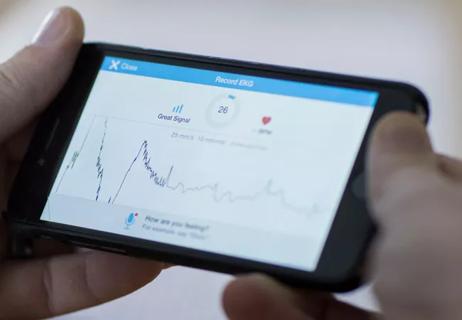
Review offers comprehensive assessment of the landscape for wearables and more

Preserving trust in research requires vigilance and consensus around statistical nuances

Cardiac surgeon Patrick Vargo, MD, reflects on his first year as Cleveland Clinic staff
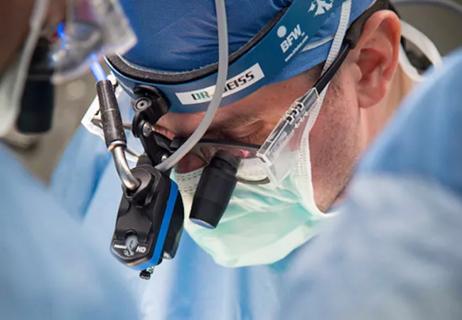
Improved risk prediction for patients is at the heart of Dr. Aaron Weiss’ research interests
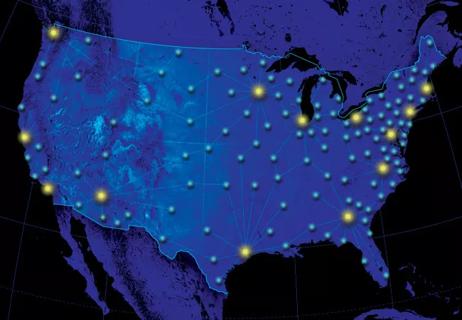
Centralization would likely bring better outcomes, experts say, but may not be feasible
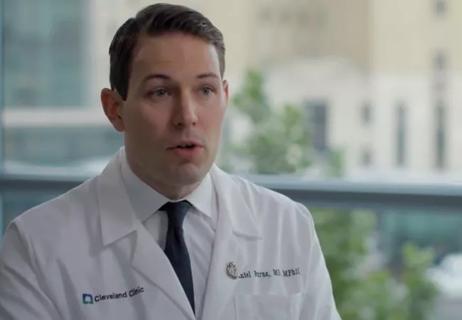
Dr. Daniel Burns on mentorship, robotic valve surgery, statistics and more
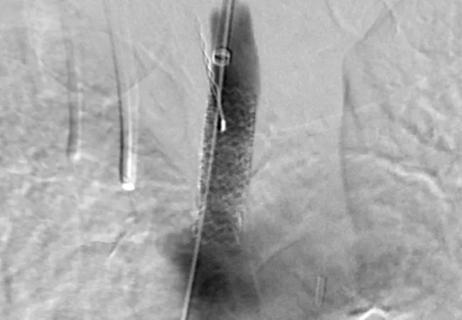
JACC review makes the case and outlines how to ensure oversight